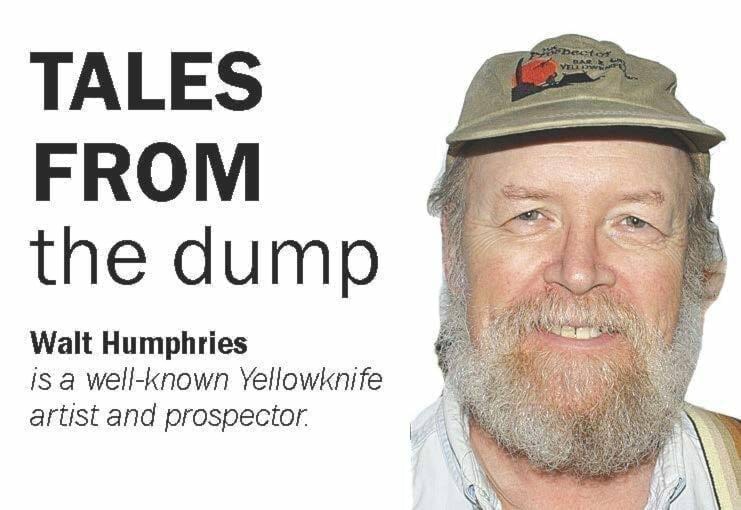In this column, I turn my attention to some of my adventures in CUA, which stands for “Current Urban Archeology”. It may also be thought of as turning picking up litter into a hobby and a science.
Archaeology, according to Wikipedia, is the science or study of human activity through the recovery of their materials culture. They collect and dig up artifacts, study structures, look at midden piles or garbage dumps. Then by examining these things, they try to explain what the people were doing.
Until recently, people didn’t have cameras, cell phones or even written languages and books, so to figure out what they were doing and what they lived like, you had to figure out who they were and what they were doing by studying what they left behind.
With current archaeology, you just pick up the litter you see and try to figure things out by examining it. I find it helps if you put them into categories. Here is a basic observation over the years that I have been picking up litter:
The amount of litter continues to grow, and the number of natural products has almost disappeared, but the number of plastics and synthetics products has skyrocketed. This year, finding metals along the trails, I got around $5 in coins. I also found some ball bearings, nuts, bolts, doohickies and broken metal clips or fasteners. Some were from vehicles, while others were from bicycles, snowmobiles and motorized wheelchairs. It seems all our vehicles shed parts as they are used.
I find it interesting that humans haven’t figured out a way to stop things from falling apart, especially nuts falling off bolts. The other metal things I found were several little tumbler locks. Oh, I stumbled across a crime scene, which happens more than you might imagine. One or more suspects broke into several post office boxes using brute force with a common tool like a screwdriver. This happened in the winter, but I didn’t find the pieces until the snow melted.
Theoretically, it is against the law to litter, so every piece of litter I find is a crime scene. But one also finds beer and liquor bottles and theoretically it is against the law to drink in public, so that would be a double crime scene. One day when I was walking down the trail, well through the melt, every 25 or 30 metres, I found a clean and empty, never-been-used brown dog poop bag. It was as if someone had emptied one of those boxes the city has placed to give out the bags. Then they walked down the trail periodically tossing one just to the side of the paved portion of the trail.
This is where an urban archaeologist must scratch their head and do some thinking. Was this an act of a kleptomaniacal litterer or was the person trying to send a message to dog owners who hadn’t picked up after their dogs? Was he saying ‘Don’t tell me, you don’t have a bag. They are everywhere?’ It was so methodical it had to mean something. Other bags I am sure occasionally fall out of people’s pockets as they search for a bag.
Also, all the poops close to the trail are not all pet-related. The wads of toilet paper indicate that some humans also poop in the woods. Much like bears, except bears don’t leave behind soiled toilet paper or underwear.
Modern urban archaeology can certainly indicate a lot about our society and ways of doing things. It also shows that despite all the well-meaning laws and rules little is being done when it comes to stopping the amount of litter and the way it spreads.
I am sure that if one took a metal detector outside, they would find a whole lot of coins, bits of metal, parts from vehicles and foil from cigarette packages lining our roads and trails. What we can see is bad enough, what we don’t see is truly horrendous.
Please do not litter!
